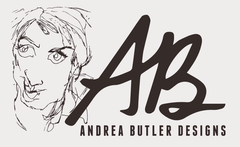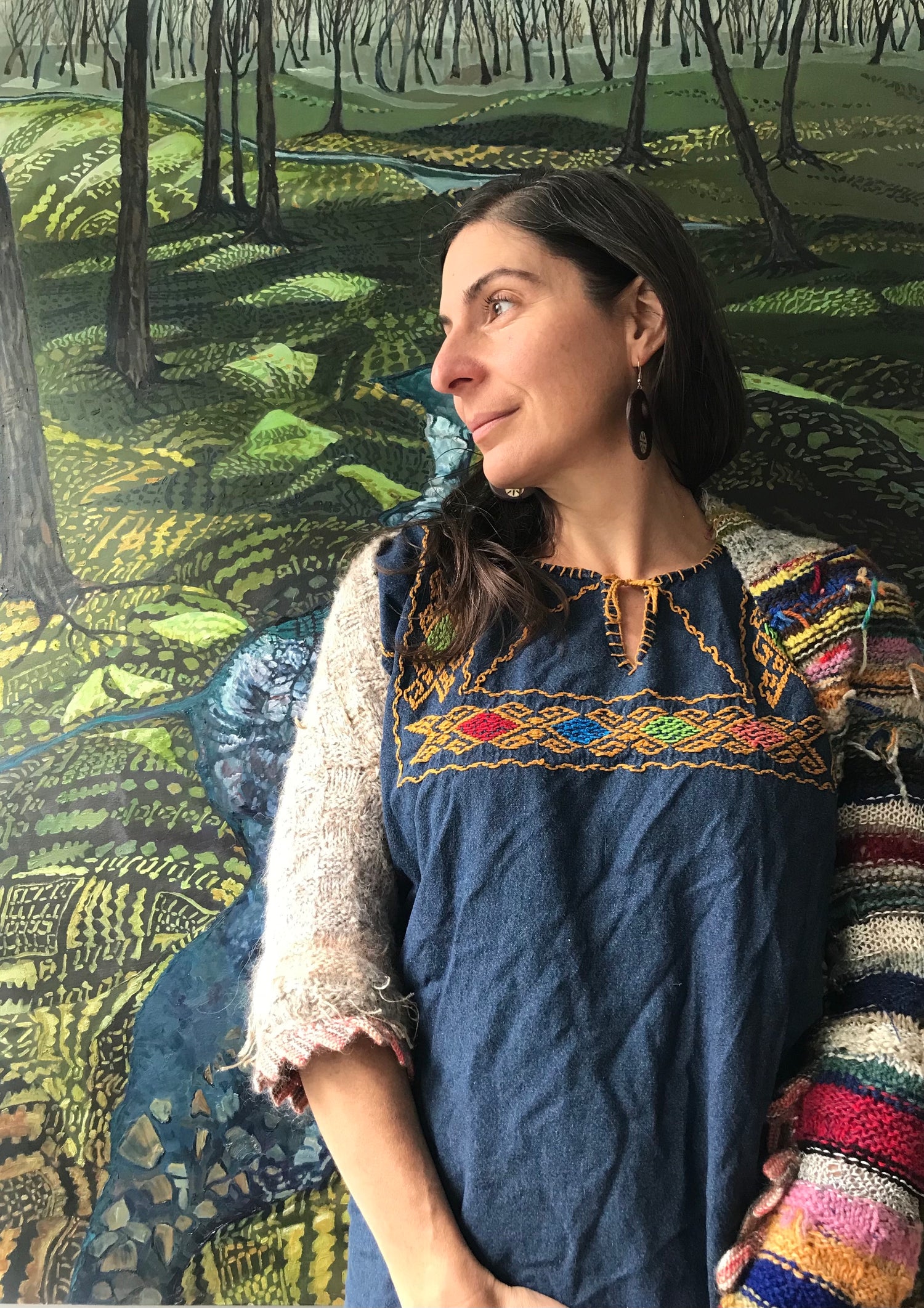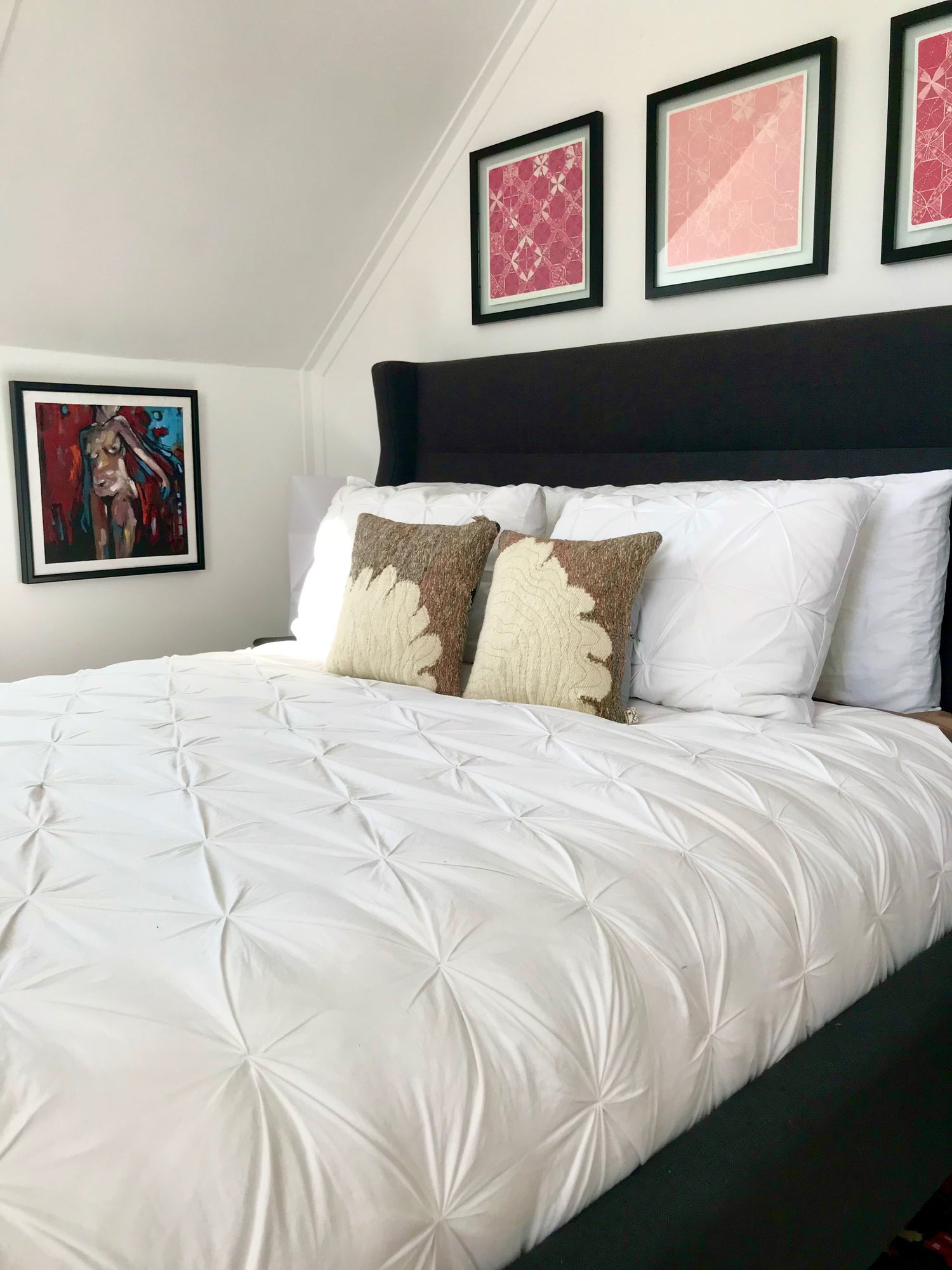I did a lesson in high school art class where we had to determine if an object or shape was best described as ping or pong. We had to explain why we chose the descriptor for each item. I found it very easy. I felt the word ping would encompass anything sharp, angular, rigid etc, where as pong was for soft, rounded, flowy things.
in a similar vein, my association of masculine and feminine in the structure of weaving also felt very effortless. I felt no hesitation assigning warp and weft a particular energy. After having a discussion with my good friend and fellow weaver, Patricia, I realized not everyone will feel the same way I do about masculine and feminine aspects of warp and weft.
Warp refers to the threads that make up the vertical structure. Warp threads are tied in place and put under tension. Weft is the horizontal thread that passes over and under the warp threads locking them in place. They make up the pattern or image, in most cases.
Like I associated certain characteristics with ping and pong, I found specific traits related to the feminine and masculine energies. To me, feminine energy embraces change, it is adaptable and very fluid. This is how I experience the weft part of the weave structure. It is thread that travels over and under the warp threads fluidly and must always be adapting to where new pieces are added on to continue. Colour, thickness and texture of the weft can change many times in the same weave and sometimes in the same pass. Masculine energy is rigid and unmoving and static.It is strong and solid. This is the way I view the warp of the weave structure. Warp threads are constantly under tension when the weaving process takes place. They are singular threads of the same length. There are consistent with no discontinuity. They need to be strong enough not to break under the strain of being tied at both ends. In the process of weaving there is very little change in the warp structure. It always remains the same length, under the same tension, and the same width.
In comparison, for Patricia, the warp represents the feminine in its hidden strength. In tapestry weaving the warp threads are completely covered by the weft, masking the inner strength of the weave. The steadfast power of the feminine is seen in the passive action of the warp. Warp threads are continually moving up and down for the weft threads to be placed through which reflects the stability of feminine energy.
In Patricia's view, the weft is masculine in its energy in the way it is active. In tapestry weaving, each time the warp is opened and closed there is more than one colour present. The threads have to be placed slowly but actively. The passing of yarn through the warp is rhythmic and constant, much like the masculine active energy.
Together the warp and weft create the pattern and structure of the weave. One can not exist without the other. It is a great metaphor for how we need both masculine and feminine energies to be complete. Much like the philosophy of ying and yang, we need two energies coexisting in opposites to create a whole.
There is no right or wrong answer to the query of which aspect of the weave structure is masculine or feminine. I find it and interesting discussion. I can't disagree with Patricia's explanation, but I still feel the energies are wrapped up in the fluidity of weft and rigidness of warp.
What do you think?




